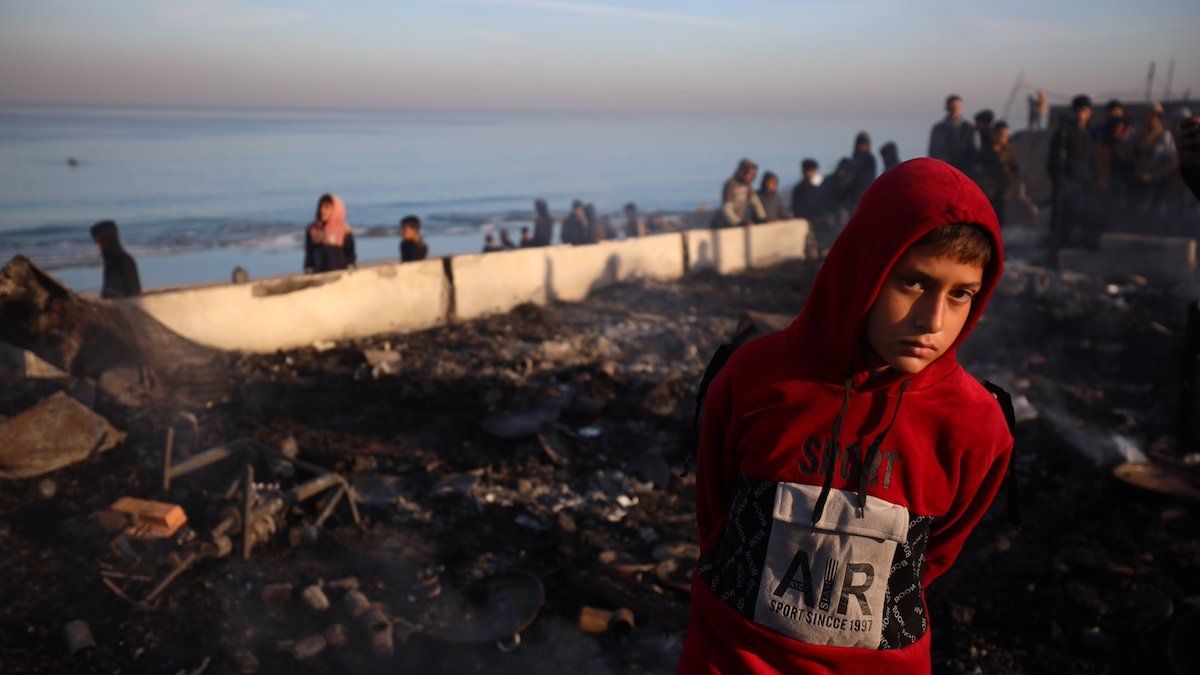After months of negotiations mediated by the US, Egypt, and Qatar, Hamas on Tuesday accepted a draft ceasefire agreement that could bring an end to the fighting in Gaza – at least temporarily – if Israel’s cabinet approves it. Negotiators believe an agreement could be reached before Donald Trump is inaugurated on Jan. 20.
What’s in the deal? Hamas would release 33 of the roughly 94 remaining Israeli hostages — mostly women, children, and elderly or injured people — over six weeks in exchange for the release of hundreds of Palestinian women and children imprisoned in Israel.
During this first phase, Israeli forces would pull out of urban areas and allow some 600 truckloads of aid to enter Gaza each day. The IDF would not pull out of Gaza entirely, however, and people attempting to return to their homes will find them largely demolished.
Then it gets tricky. The details of the second and third phases would need to be negotiated while the first phase is in progress — and Eurasia Group regional expert Greg Brew isn’t confident that the right incentives exist to find success.
“Hamas really has two sources of leverage,” he says. “The first is the hostages, and when they lose the hostages they lose any ability to influence Israeli action. The second is their continued ability to fight, and it is likely going to continue a low-level insurgency against Israel and any potential new government formed to govern Gaza.”
So why a deal? For Hamas, a respite from combat allows reorganization and rearmament. The outgoing Biden administration, meanwhile, is eager for a win before it leaves office — and it’s one Trump will surely claim even if it comes before his inauguration. Brew says the timing offers the incoming administration a fig leaf. “When the deal collapses, he can say, ‘Oh, there were flaws in place. This was a bad deal. It happened under Biden's watch.’”
Israeli Prime Minister Benjamin Netanyahu similarly gets to have his cake and eat it too by delivering the hostage releases voters have demanded without fully committing to end the war, which would infuriate his far-right coalition partners.
“Netanyahu gets everything,” says Brew. “He gets a deal that makes Trump happy, that delivers a win to the Israeli people, that quiets the opposition, and that strengthens his position.”
